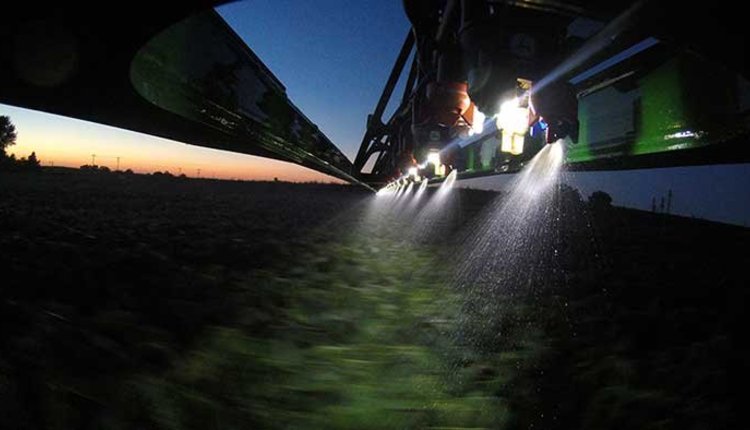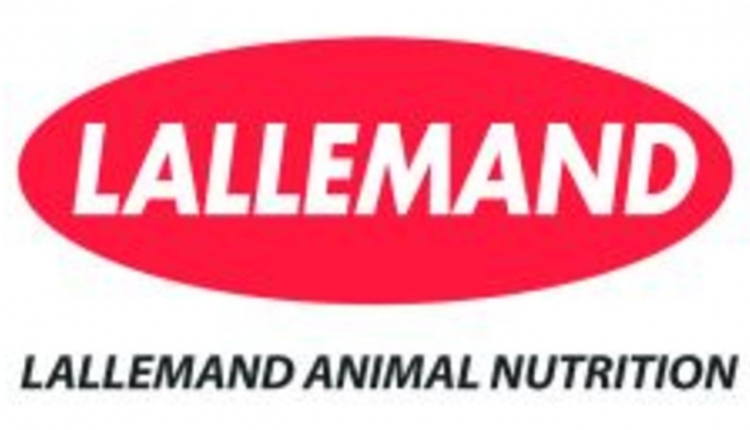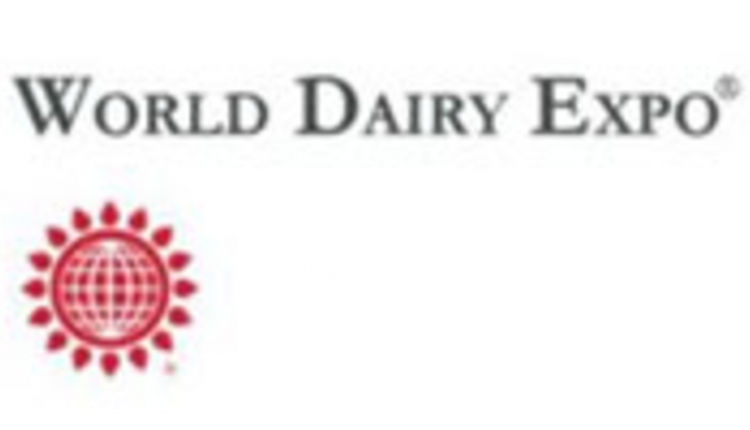By Scott Nordstrom, D.V.M., director of ruminant technical services, Merck Animal Health
 Vaccines are one of the best investments dairy producers can use to protect the health and profitability of a herd. A disease prevention program is often a better approach than treatment for a multitude of reasons. Treatment is costly and not always effective. Production losses often occur before diagnosis, especially when diseases exist at subclinical levels.
Vaccines are one of the best investments dairy producers can use to protect the health and profitability of a herd. A disease prevention program is often a better approach than treatment for a multitude of reasons. Treatment is costly and not always effective. Production losses often occur before diagnosis, especially when diseases exist at subclinical levels. Successful vaccination programs control infectious diseases and build herd immunity levels; however, the effort of administering vaccines alone will not guarantee success. Achieving the best results from vaccination programs requires planning to meet the herd's specific disease challenges, geography and management systems. This includes:
- Knowing what diseases to vaccinate against. All vaccination programs should protect against diseases considered endemic to cattle – IBR, BVD, Bovine Respiratory Syncytial Virus (BRSV) and Leptospirosis. Include other vaccines when infection risk is high enough to justify vaccine expense.
- Knowing when the animal will need the most disease protection. Administer vaccines at least two to four weeks prior to the time of challenge and avoid giving vaccines during stressful times or transitions.
- Knowing how long the animal will need disease protection. Vaccines should be precisely timed so that they provide protection during the times of highest disease challenge.
Duration of immunity (DOI) information is based on results of disease challenge studies, required by the U.S. Department of Agriculture (USDA) and included on many vaccine labels. Vaccine manufacturers list the product's demonstrated DOI – the length of time after proper immunization the vaccine is expected to provide protection following a pathogenic challenge. Historically, regulations did not require DOI data – and not all vaccine labels offer this information.
Why is DOI useful?
DOI information allows veterinarians and producers to plan a science-based vaccination program with the knowledge that the vaccine will protect against a pathogenic challenge for a certain amount of time. Prior to DOI information being available, vaccination programs were planned without the knowledge of how long immunity would last.
For example, if a dairy producer uses Vista® Once SQ, he or she can expect reasonable respiratory protection against Bovine Virus Diarrhea (BVD) Types 1 and 2 and Infectious Bovine Rhinotracheitis (IBR) for at least one year. This vaccine also provides protection against Pasteurella multocida and Mannheimia haemolytica for at least 16 weeks. Veterinarians can recommend the use of Vista Once SQ with assurance that studies were conducted to demonstrate its DOI.
Precise timing, fewer vaccines
Establishing a more efficient vaccination program based on DOI information allows dairy producers to use fewer vaccines, saving money on product and labor costs associated with administration. Fewer vaccines also mean fewer injections, which aligns with the Dairy Beef Quality Assurance (BQA) program, as there is reduced risk of carcass quality defects.
More precise vaccination timing also makes it easier to manage endotoxin levels. Overloading cattle on gram-negative bacterial vaccines can create a significant health risk. Never give more than two gram-negative vaccines at the same time. Wait one week if more gram-negative vaccines are necessary.
The most important step of developing a vaccination program is for dairy producers to think about their specific operation and what disease challenges cattle face. Experienced veterinarians are the best resource for fine-tuning vaccination programs. They are familiar with diseases in the area, so they are the best counsel in making decisions concerning vaccine use and timing to match herd challenges. The goal is to make sure DOI will last throughout the periods of disease challenge.
3.12.2016








